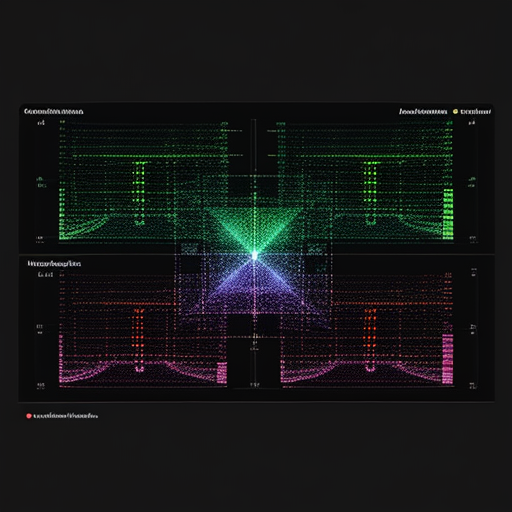Visualization Of Data



Data visualization plays a crucial role in machine learning, as it helps in understanding the data, identifying patterns, and gaining insights.
Here are some common techniques for visualizing data in machine learning:
- Scatter Plots: Scatter plots are used to visualize the relationship between two variables. They can help identify patterns, clusters, or outliers in the data.
- Histograms: Histograms provide a visual representation of the distribution of a single variable. They are useful for understanding the spread and shape of the data.
- Box Plots: Box plots display the summary statistics of a variable, such as the median, quartiles, and outliers. They are helpful in comparing distributions and detecting anomalies.
- Heatmaps: Heatmaps use colors to represent the values of a matrix or a grid of data. They are often used to visualize correlations, confusion matrices, or other forms of aggregated data.
- Line Plots: Line plots are useful for visualizing trends and changes over time. They are commonly used to represent time series data or to show the performance of a model across different iterations.
- Bar Charts: Bar charts display categorical data using rectangular bars, where the height represents the frequency or value of each category. They are suitable for comparing different categories or groups.
- Pie Charts: Pie charts are used to represent the composition of a whole. Each category is represented by a slice of the pie, with the size proportional to its percentage of the whole.
- Area Charts: Area charts are similar to line plots but with the area under the line filled with color. They are helpful for visualizing stacked or cumulative data over time.
- Violin Plots: Violin plots combine aspects of box plots and kernel density plots. They display the distribution of the data along with the summary statistics.
- Interactive Visualizations: Interactive visualizations allow users to explore the data dynamically by zooming, panning, filtering, and selecting specific elements. They are particularly useful for large datasets or complex relationships.

Visualizations using Python and 3rd Party Tools
Data visualization plays a crucial role in machine learning, as it helps in understanding the data, identifying patterns, and gaining insights.